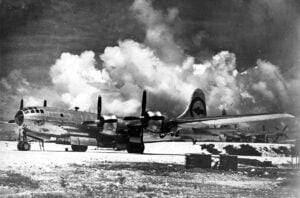The Spitfire’s Fatal Flaw You Didn’t Know About
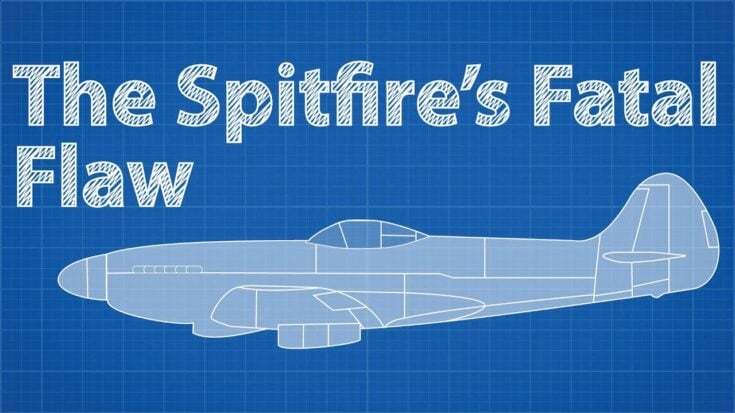
YouTube / Real Engineering
The Supermarine Spitfire is often remembered as Britain’s elegant savior in the skies, a symbol of resilience and precision.Yet, beneath the Spitfire’s graceful frame lay a flaw that once gave German pilots the upper hand.
A Problem Hidden in the Clouds
Early Spitfire models suffered a problem that seemed small on paper but proved disastrous in combat. During negative-G maneuvers, such as when a pilot dove suddenly to escape an enemy, the Rolls-Royce Merlin engine would sputter and die.
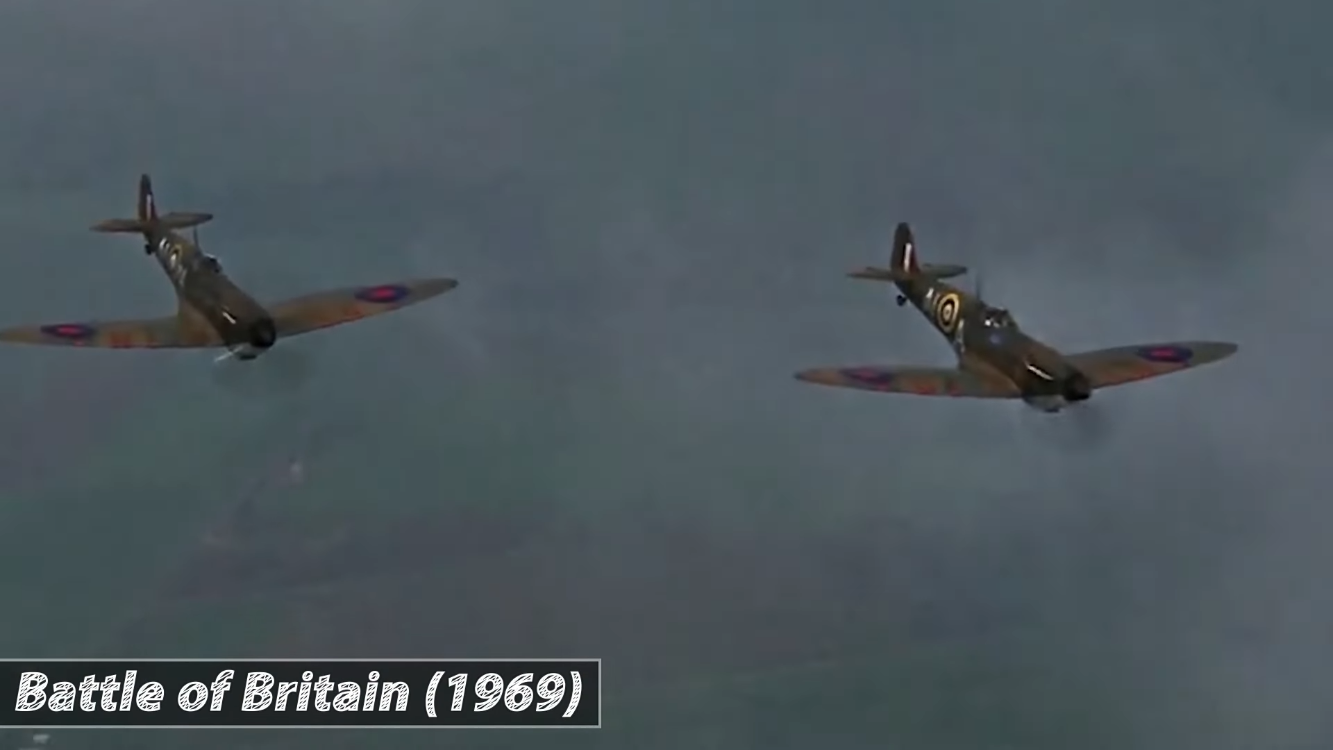
The reason was simple mechanics. Its carburetor used a float system to regulate fuel flow, similar to a toilet tank. When the aircraft inverted, gravity forced the fuel away from where it was needed. The engine would starve, then choke on an over-rich mixture when it returned to level flight.
You can even see this in old footage or films like Battle of Britain: the sudden silence, then a puff of black smoke. That wasn’t Hollywood. It was an authentic symptom of a design flaw that risked lives in every dogfight.
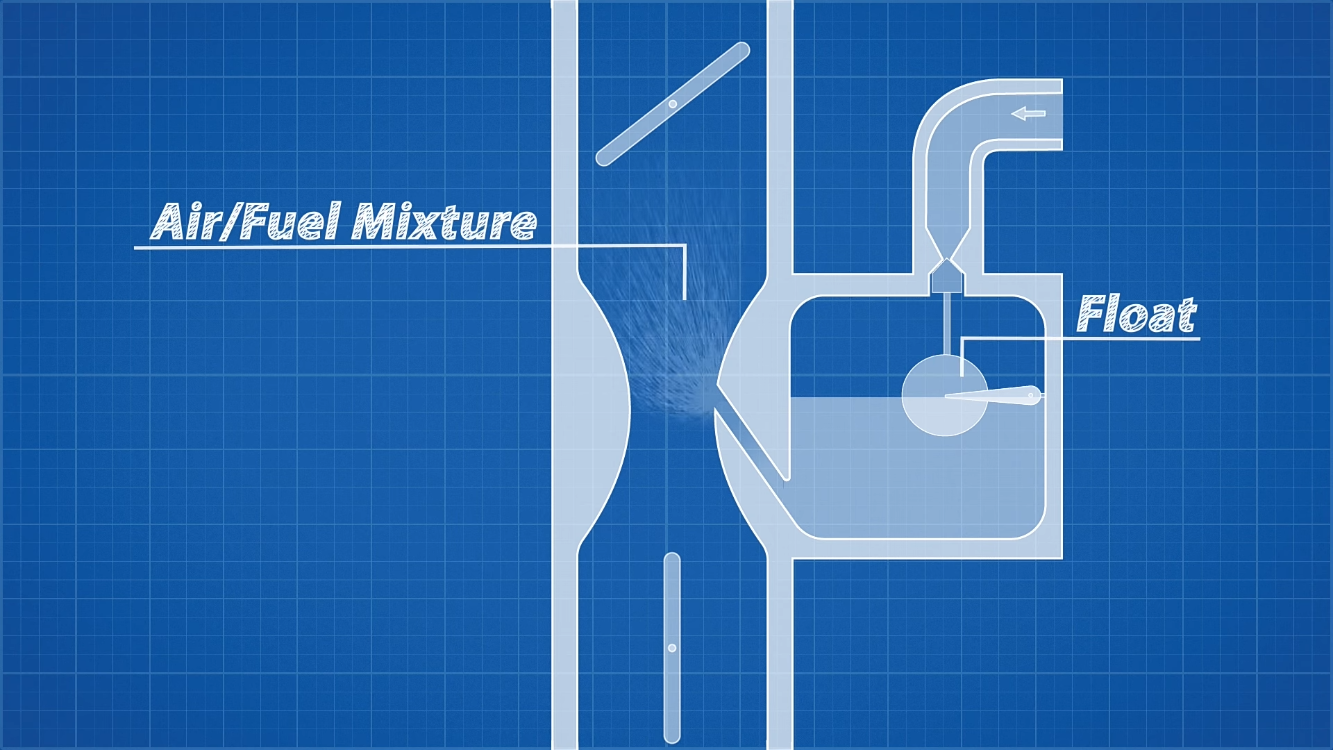
The German Advantage
The Luftwaffe had already solved this issue. The Bf 109’s Daimler-Benz engine used direct fuel injection, which allowed it to perform negative-G dives without interruption. German pilots quickly learned they could roll inverted and dive away, leaving British pilots momentarily powerless. Those few seconds of engine cut-out often made the difference between life and death.
The Woman Who Fixed It
Britain needed a fix, and quickly. Enter Beatrice Shilling, a young engineer at the Royal Aircraft Establishment. Her solution was brilliantly simple. She inserted a small brass restrictor (soon nicknamed “Miss Shilling’s orifice”) between the fuel intake and carburetor chamber. This limited the fuel flow so the engine couldn’t flood during those violent maneuvers. It didn’t completely eliminate the stall problem, but it prevented total engine failure long enough to keep pilots alive.
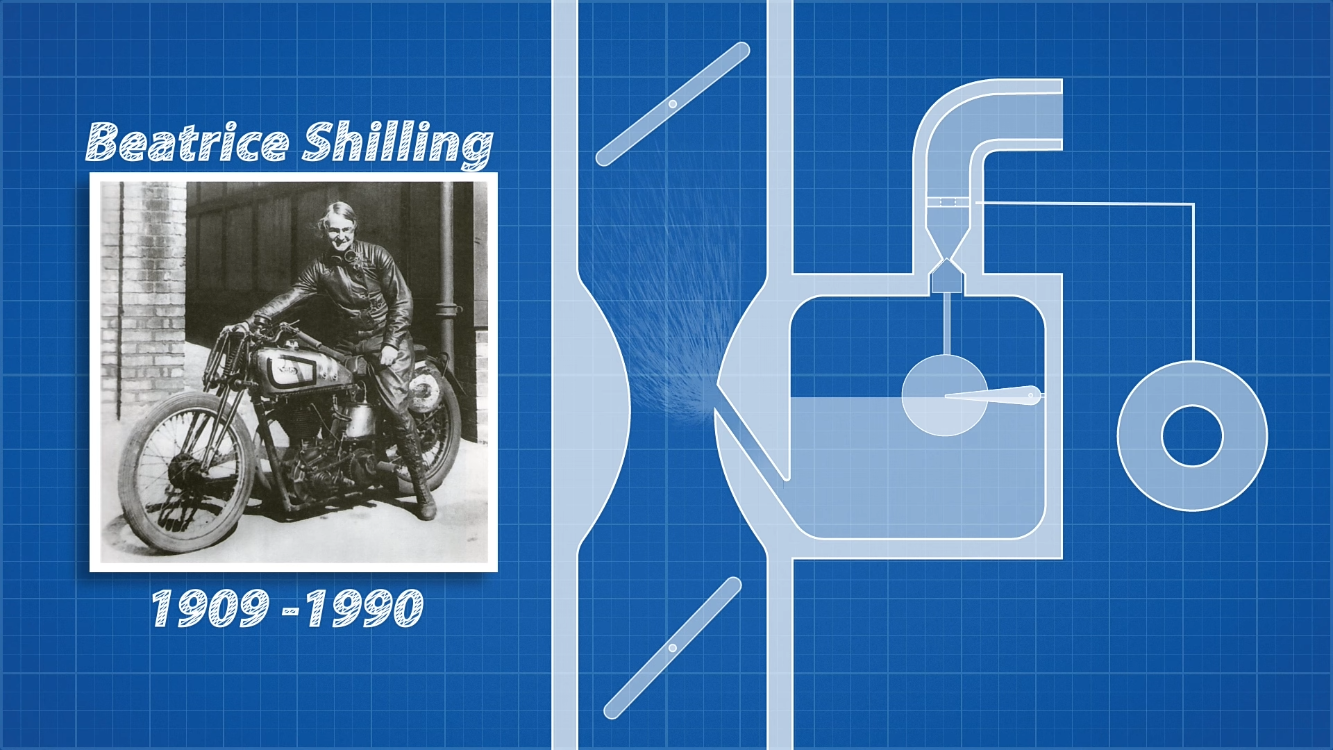
The modification spread rapidly across the RAF. By 1942, the Merlin engines were finally fitted with pressure carburetors, making Shilling’s stopgap obsolete but not forgotten.
A Legacy Beyond the Sky
Beatrice Shilling became one of the unsung heroes of WWII aviation. Her quick thinking and ingenuity helped restore balance in the skies over Europe. Today, the Spitfire is remembered for its beauty and agility, but also for the engineering minds that kept it flying. And among them, a woman with a brass ring saved more than just engines — she helped save pilots.
















